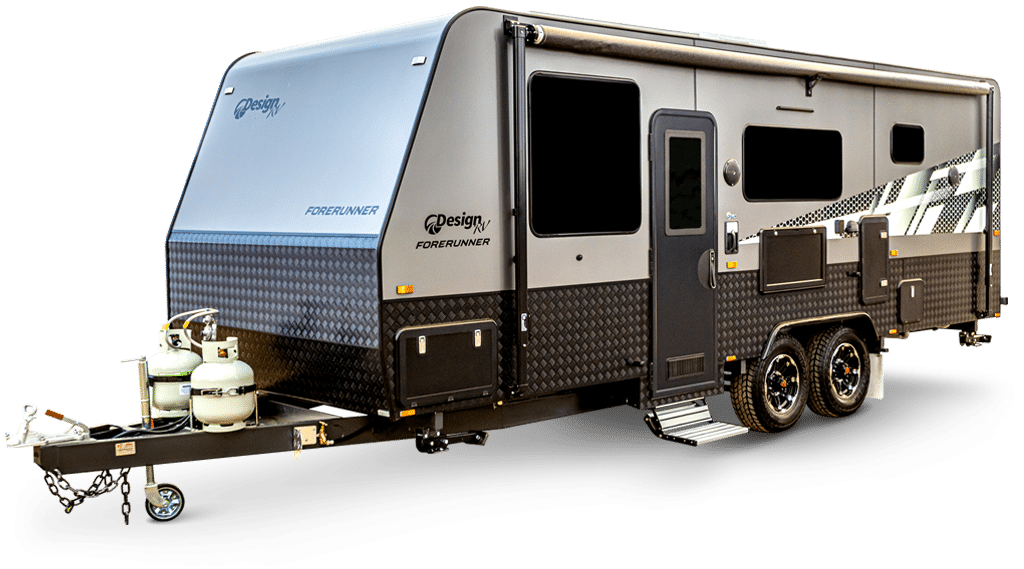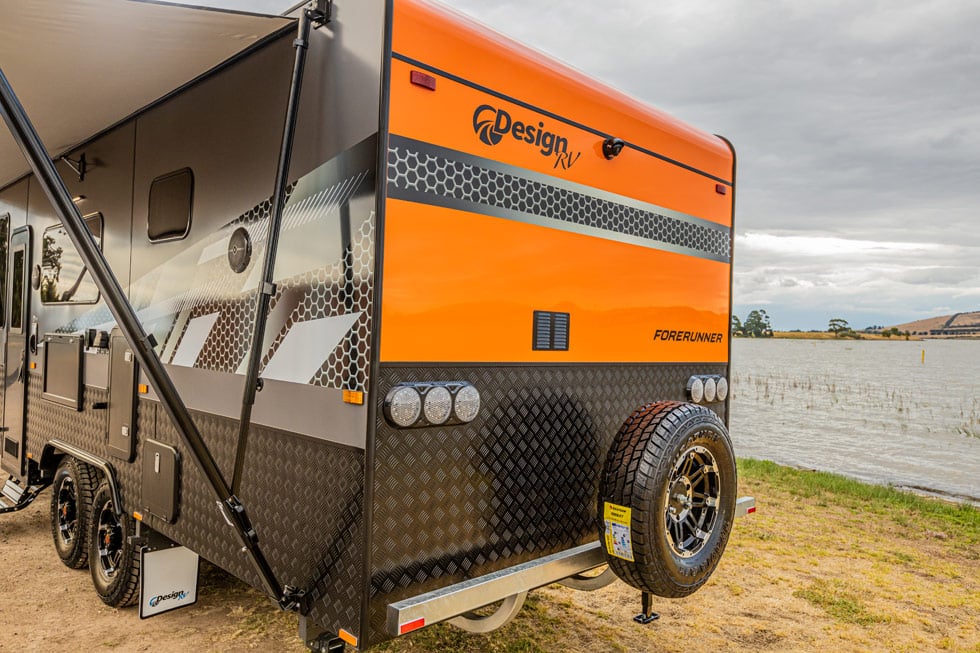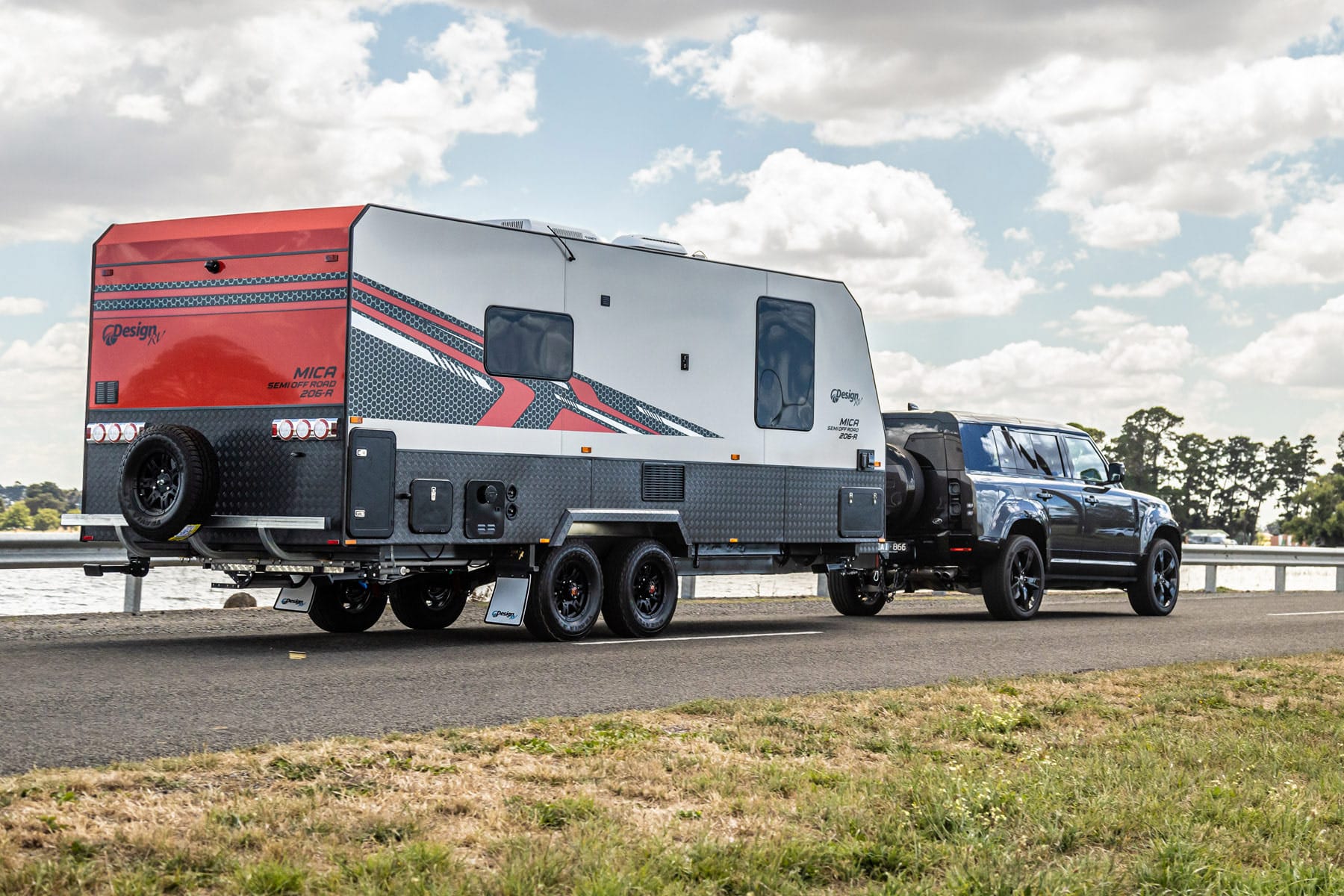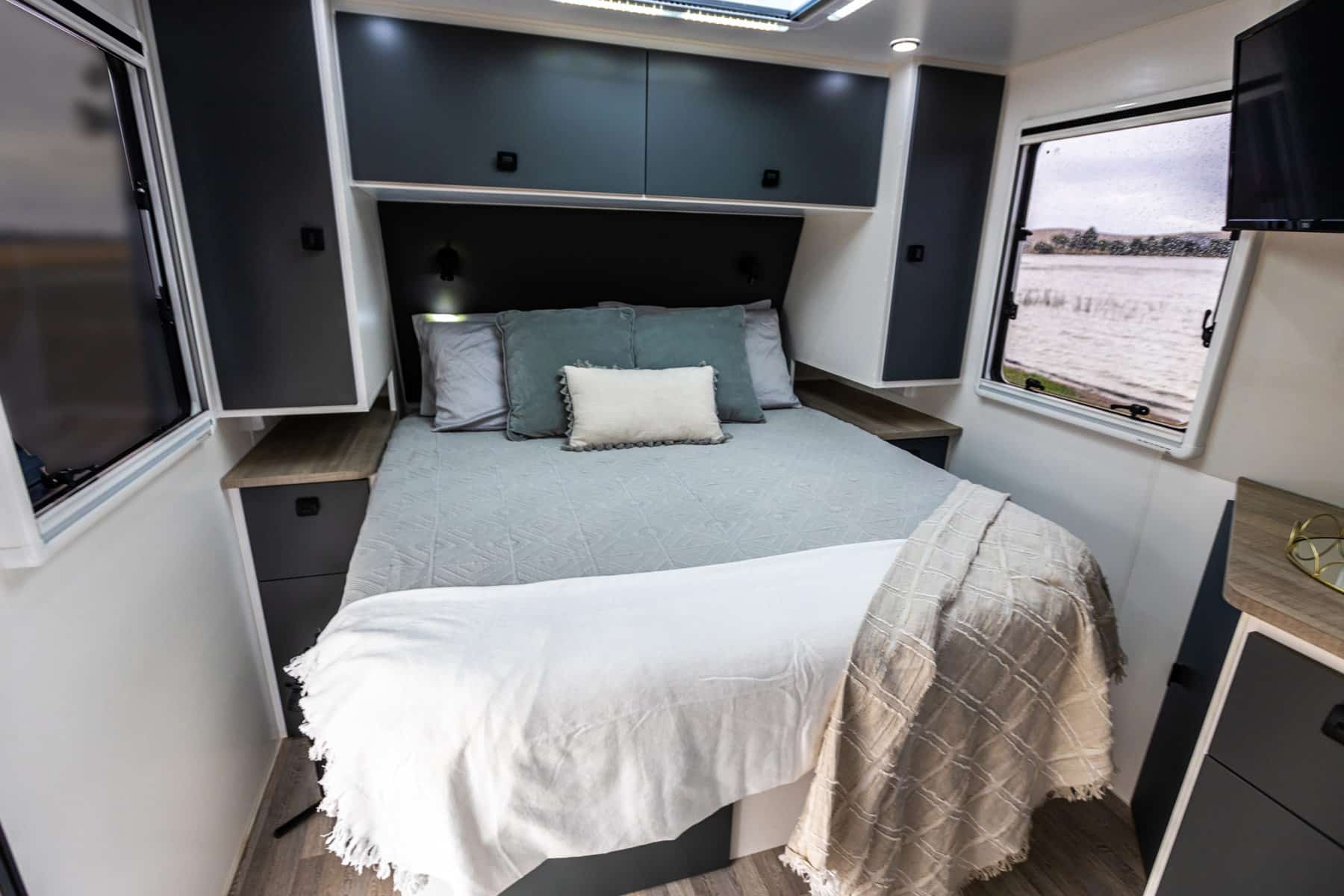Electric RVs represent the future of sustainable and efficient travel, driven by the need for environmentally friendly alternatives in the world of recreational vehicles. Unlike traditional internal combustion engine RVs, electric RVs require unique design considerations to accommodate their distinct power sources and ensure optimal performance. This article delves into the innovative design aspects of electric RVs, covering battery placement, aerodynamics, and interior layouts, and how these elements contribute to both efficiency and user experience.
Strategic Battery Placement
A pivotal design consideration for electric RVs is the placement of their battery systems. Unlike conventional fuel tanks, batteries are heavier and require careful distribution to maintain balance and stability on the road. Designers strategically integrate batteries into the RV’s chassis to achieve an optimal weight distribution, reducing the risk of tipping or swaying during travel. Placing batteries lower in the chassis also lowers the vehicle’s center of gravity, enhancing overall handling and safety.


Aerodynamics for Efficiency
Aerodynamics play a crucial role in electric RV design, significantly impacting energy consumption. Streamlined exteriors are meticulously shaped to reduce wind resistance, allowing the RV to cut through the air with minimal drag. Such aerodynamic design not only contributes to increased energy efficiency but also extends the vehicle’s driving range. Reduced drag means the electric RV requires less energy to maintain a consistent speed, making it an essential component of eco-conscious travel.
Interior Layouts for Comfort
Innovative electric RV design goes beyond exterior considerations and extends into the interior layout. The absence of an internal combustion engine allows designers to reimagine the interior space, creating layouts that optimize comfort and functionality. Spacious and flexible arrangements enable RV owners to enjoy a more open living space, enhancing the overall travel experience. Moreover, advanced climate control systems and noise insulation technologies ensure a serene and comfortable environment for passengers.


Efficiency through Integration
Electric RV design seamlessly integrates various components to maximize efficiency. Solar panels incorporated into the vehicle’s roof capture sunlight and convert it into energy, supplementing the battery system and reducing reliance on external charging. Additionally, regenerative braking systems harness kinetic energy during braking and convert it back into electrical energy, further enhancing the RV’s energy efficiency and range.
Enhanced User Experience
The innovations in electric RV architecture translate to a superior user experience. Reduced noise levels, smoother acceleration, and improved handling create a comfortable driving experience that enhances the journey. The ability to charge the RV at various electric charging stations or even utilizing campground solar hookups provides RV enthusiasts with newfound flexibility and peace of mind regarding energy availability.


Environmental Responsibility
Beyond the technical aspects, designing electric RVs aligns with environmental responsibility. By transitioning away from fossil fuels, these vehicles significantly reduce carbon emissions and air pollution. This transition supports global efforts to combat climate change while allowing travelers to explore pristine natural environments without leaving a detrimental footprint.
Summary
The emergence of electric RVs brings forth a new era of innovative design principles. Battery placement, aerodynamics, and interior layouts are meticulously orchestrated to ensure optimal efficiency and user experience. As electric RVs continue to evolve, they hold the promise of not only reshaping the way we travel but also contributing to a more sustainable future for generations to come.

![CRX_[HERO]_SHADOW](https://designrv.com.au/wp-content/uploads/2023/04/CRX_HERO_SHADOW.png)
![MICA-EVX_[HERO]_SHADOW](https://designrv.com.au/wp-content/uploads/2023/04/MICA-EVX_HERO_SHADOW.png)
![MICA-OFF-ROAD_[HERO]_SHADOW](https://designrv.com.au/wp-content/uploads/2023/04/MICA-OFF-ROAD_HERO_SHADOW.png)

![STRYKER_[HERO]_SHADOW](https://designrv.com.au/wp-content/uploads/2023/04/STRYKER_HERO_SHADOW.png)
![MICA-206_[HERO]_SHADOW](https://designrv.com.au/wp-content/uploads/2023/04/MICA-206_HERO_SHADOW.png)
![GETAWAY_[HERO]_SHADOW](https://designrv.com.au/wp-content/uploads/2023/04/GETAWAY_HERO_SHADOW.png)






